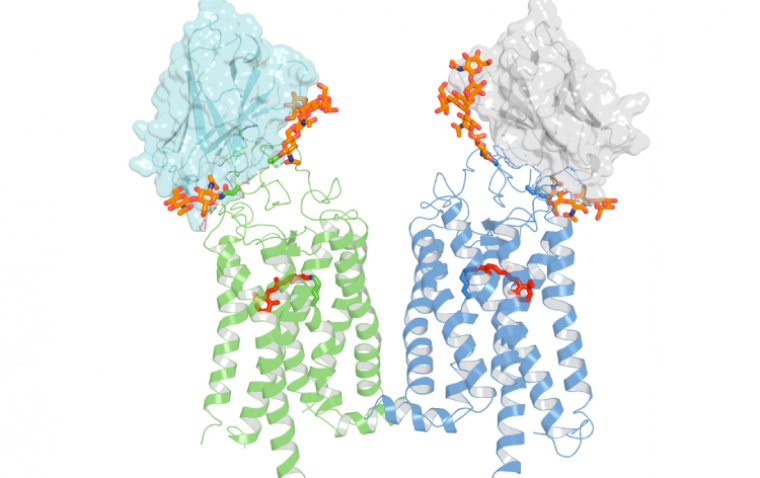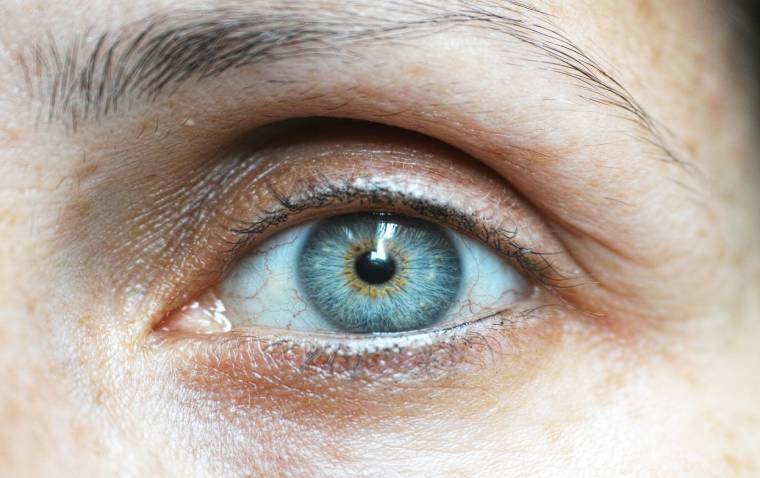
Blood Pressure Variability Linked to Accelerated Vision Loss in Glaucoma
A study led by researchers at the University of California, San Diego, reveals that long-term variability in blood pressure is associated with an accelerated decline in peripheral vision caused by glaucoma progression. The findings highlight the role of vascular factors alongside intraocular pressure (IOP) in the disease’s advancement.
Understanding Glaucoma and Its Risk Factors
Glaucoma is a neurodegenerative condition characterized by progressive damage to retinal ganglion cells and their axons, leading to vision loss. While intraocular pressure (IOP) is a well-established modifiable risk factor, this study explores the potential impact of vascular changes on glaucoma progression.
Investigating Vascular Contributions
The research proposes that impaired autoregulation of tissue blood flow may play a critical role in glaucoma progression. By examining blood pressure variability, the study aimed to determine its association with the worsening of visual fields in glaucoma patients.
Study Design and Methodology
Published in JAMA Ophthalmology, the retrospective cohort study, “Long-Term Blood Pressure Variability and Visual Field Progression in Glaucoma,” analyzed data from:
• 1,674 eyes of 985 participants with suspected or confirmed glaucoma.
• Participants from the Diagnostic Innovations in Glaucoma Study (DIGS) and the African Descent and Glaucoma Evaluation Study (ADAGES).
Study Timeline
Blood pressure and visual field testing were conducted between November 2000 and December 2022.
Key Measurements
• Mean and standard deviation of systolic and diastolic arterial pressures.
• Parameters integrated into multivariable mixed-effect models to examine the association with visual field mean deviation loss rates, factoring in interactions with mean IOP.
Key Findings
1. Blood Pressure Variability and Vision Loss
• Greater long-term variability in blood pressure was significantly associated with faster peripheral vision loss.
• Higher mean blood pressure showed a marginally non-significant trend towards faster visual field loss.
2. Combined Risk Factors
• Greater blood pressure variability combined with either higher mean blood pressure or elevated IOP was linked to accelerated annual changes in visual field mean deviation.
3. Peripheral Vision Decline
• Both higher mean blood pressure and long-term variability in blood pressure were associated with peripheral vision decline, supporting the hypothesis of vascular involvement in glaucoma progression.
Implications and Future Directions
These findings underscore the potential role of vascular factors, such as blood pressure variability, in glaucoma progression. However, critical questions remain about whether these vascular changes are causal or a consequence of the disease.
The next steps for researchers include determining whether managing blood pressure variability could mitigate the progression of glaucoma or prevent peripheral vision loss. This study paves the way for further investigations into the interplay between vascular health and glaucoma management.
Resource:
Vincent Q. Pham et al, Long-Term Blood Pressure Variability and Visual Field Progression in Glaucoma, JAMA Ophthalmology (2024). DOI: 10.1001/jamaophthalmol.2024.4868
(1).jpg)










